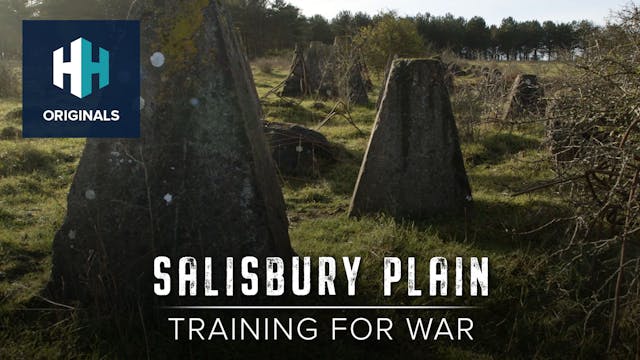Of all the air raids carried out during World War Two, none are as enduringly famous as the attack by Lancaster Bombers against the dams of Germany’s industrial heartland. Commemorated in literature and film throughout the decades, the mission – which was codenamed Operation ‘Chastise’ – has come to epitomise British ingenuity and courage throughout the war. On the night of 16-17 May 1943, an audacious raid using purpose-built “bouncing bombs” destroyed the Möhne and Edersee Dams. Successful detonation required great technical skill from the pilots: they needed to be dropped from a height of 60 feet, at a ground speed of 232mph, in challenging conditions. Once the dams were breached, there was catastrophic flooding of the Ruhr valley and of villages in the Eder valley. Despite the fact that the impact on industrial production was limited, the raid gave a significant morale boost to the people of Britain and became enshrined in popular consciousness. In late March 1943, the RAF 617 Squadron was formed under great secrecy at RAF Scampton, for the specific purpose of attacking the dams. Led by 24-year-old Wing Commander Guy Gibson, the squadron was made up of aircrew from Britain, Canada, Australia, New Zealand and the USA. Over 100 aircrew, aboard 19 Lancaster bombers, would eventually carry out the famous raids. One of the young men selected to take part in the crew was 21-year-old George ‘Johnny’ Johnson, who had been trained as a specialist bomb aimer. He was the last surviving Dambuster until his death, aged 101, on 7 December 2022. In this fascinating interview, Dan Snow meets with Johnny Johnson to hear about the extraordinary events in the lead up to the raid, and about how his life was altered by the events of those fateful nights in May 1943.
Up Next in Documentaries
-
Salisbury Plain: Training for War
Salisbury Plain is the Ministry of Defence's largest training ground, covering an area the size of the Isle of Wight. Dan Snow is shown around the Plain by MOD archaeologist Richard Osgood, to explore how British, Commonwealth and Allied troops prepared for the two great wars.
-
Jan Stangreciuk: Veteran. Hero. Guine...
Of all the clubs in the world, perhaps the most extraordinary is the Guinea Pig Club, a group of Second World War veterans that suffered terrible injuries and were then treated by pioneering surgeon Archibald McIndoe. Today there are only a handful left. Dan visits Jan Stangreciuk, one of the few...
-
The Western Front
The Western Front, a 400-plus-mile stretch of land weaving through France and Belgium from the Swiss border to the North Sea, was the decisive front during World War One. Despite the global nature of the conflict, much of the world remembers the scars of the Great War through the lens of these ba...



